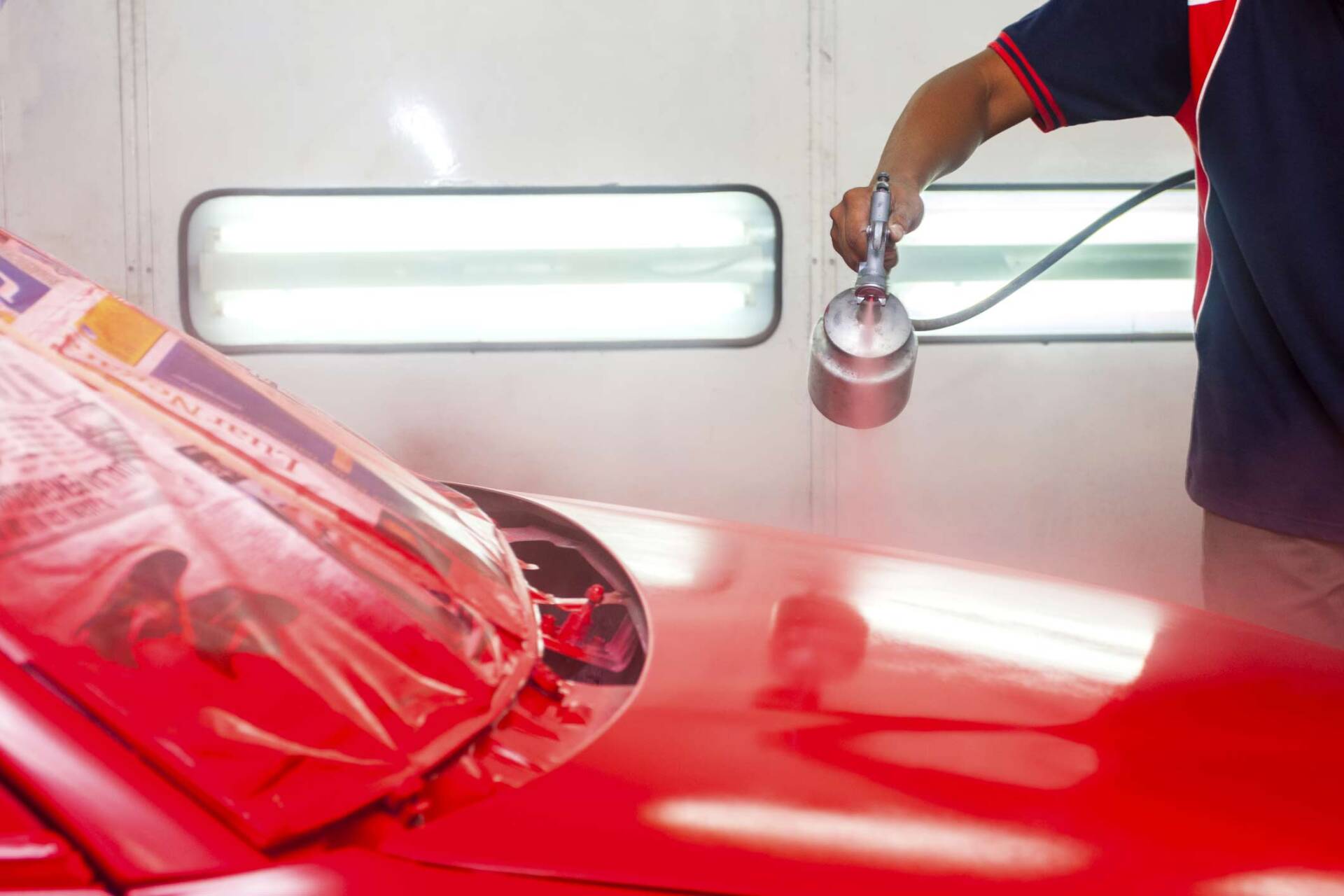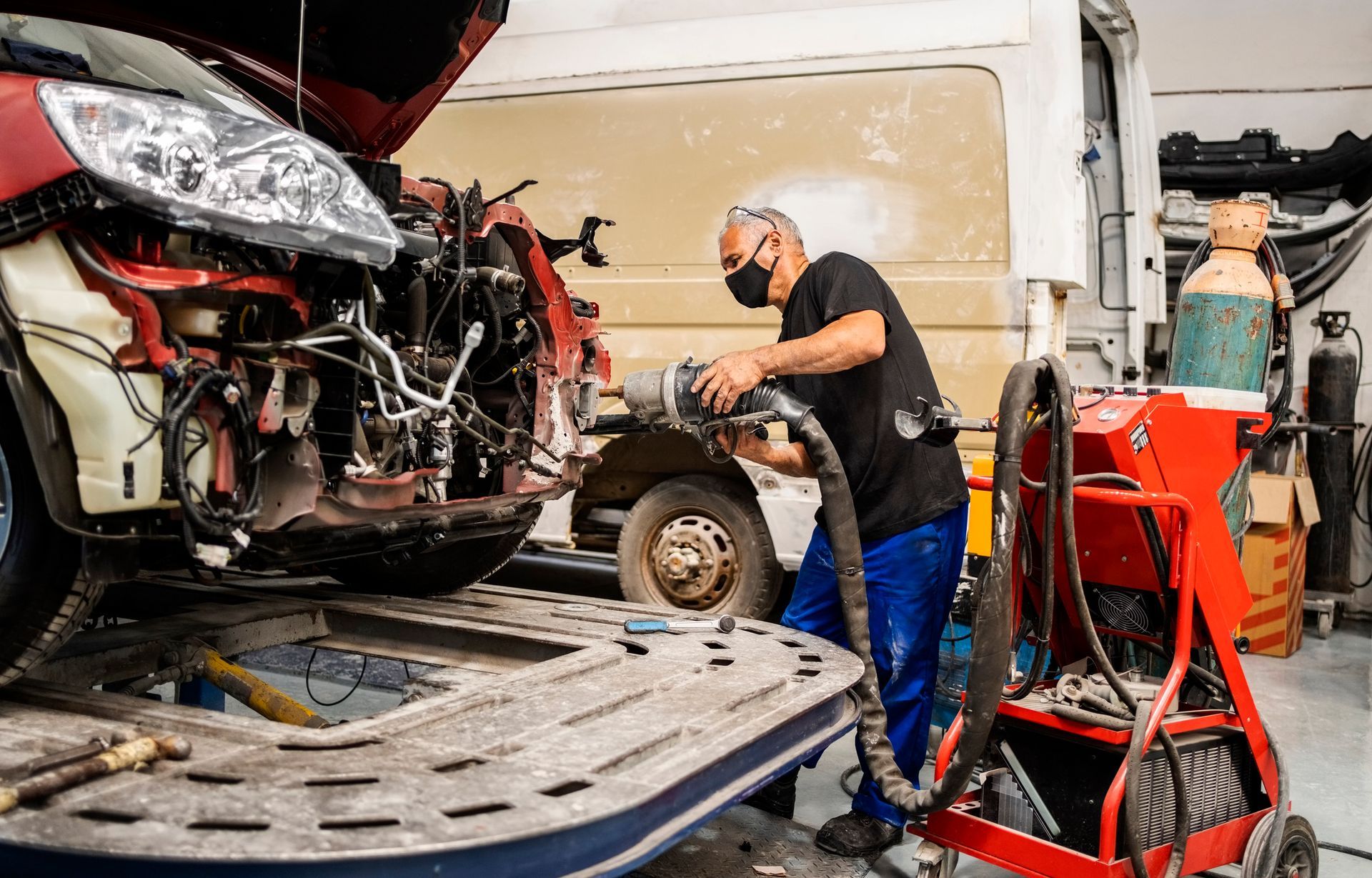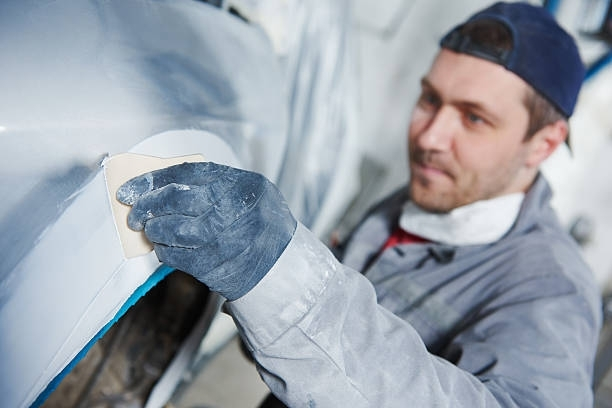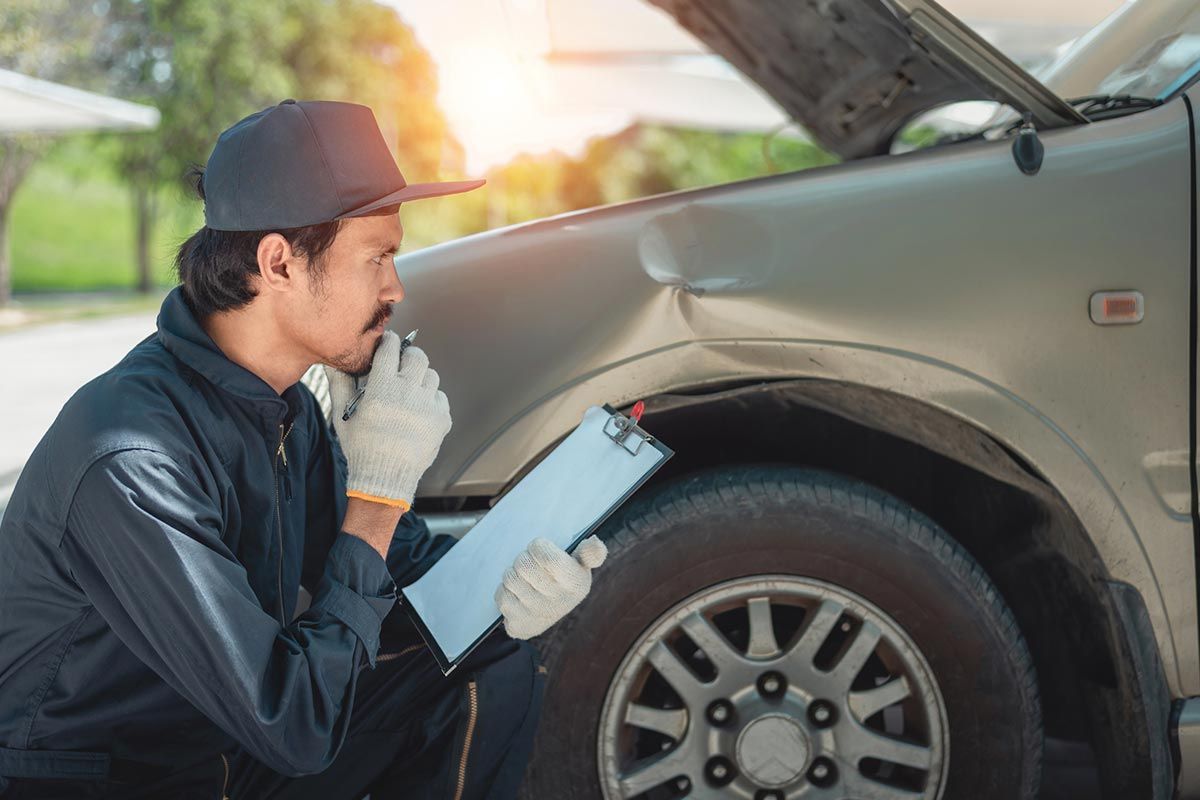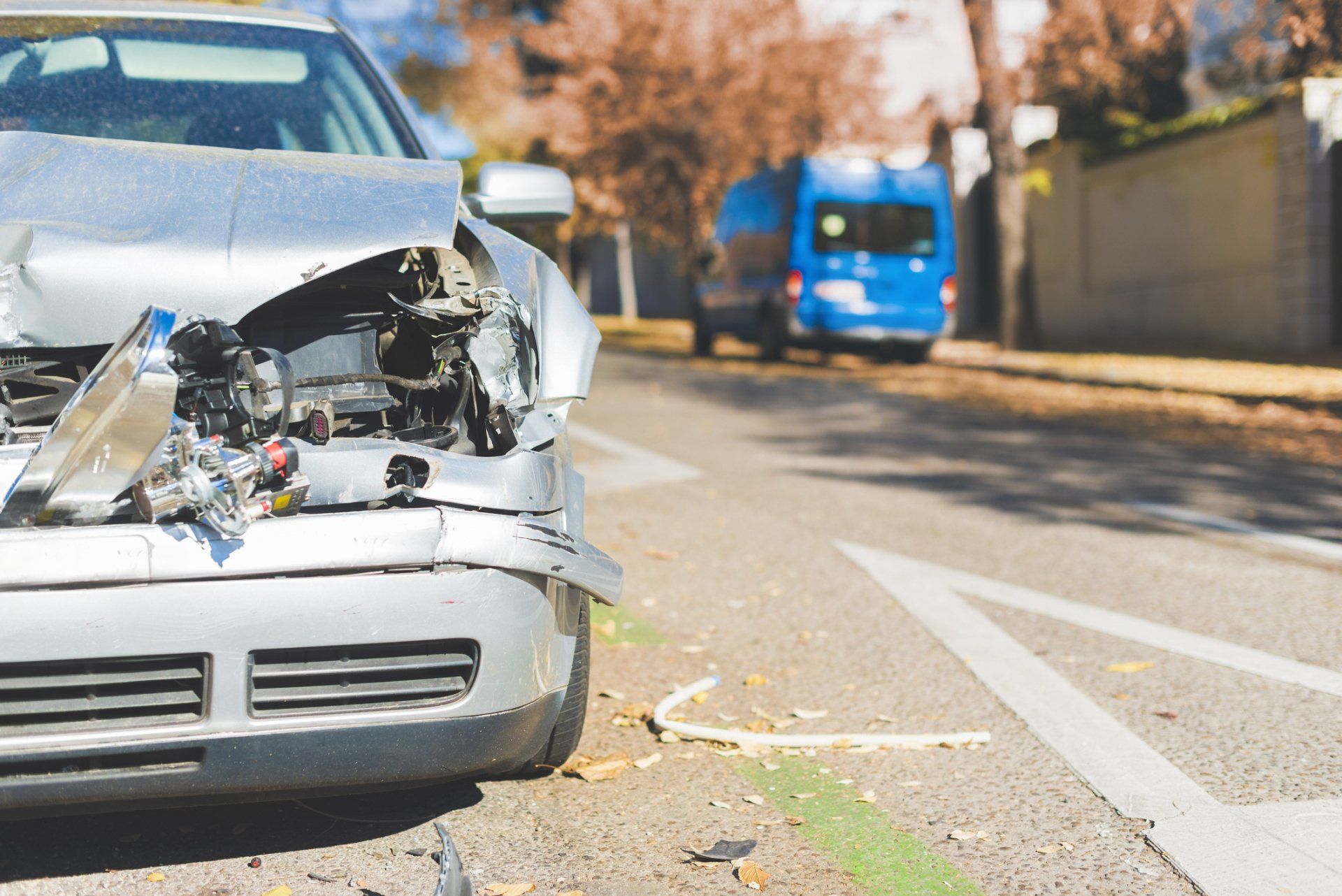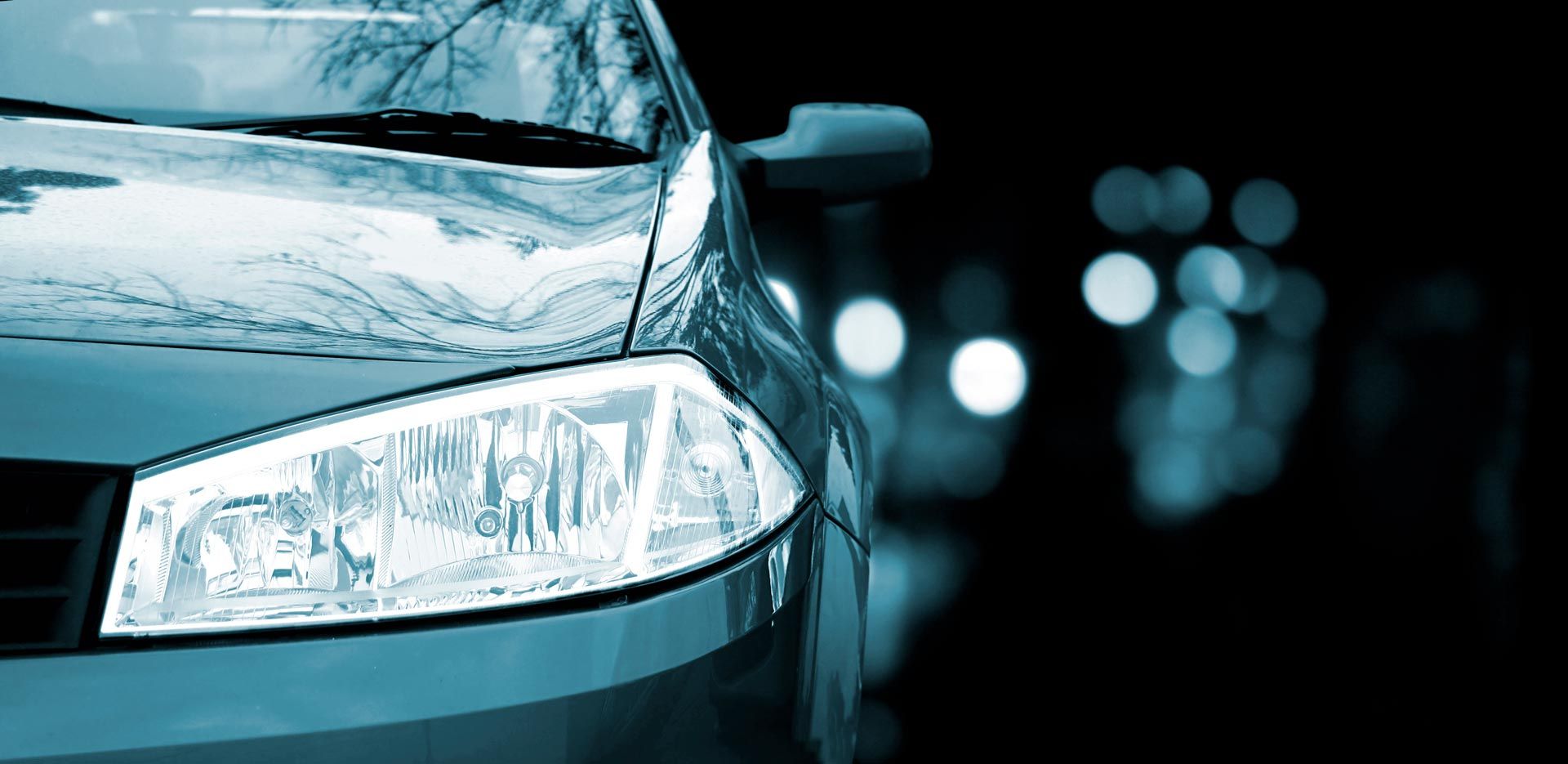3 Car Repainting Questions to Ask Yourself
Like their human owners, cars often need some cosmetic procedures to keep them looking their best. A fresh paint job can turn back the clock on an older car's appearance (or even make it look like a different car altogether) while also helping to protect the vulnerable metals that make up the car's body panels.
If you no longer like how your car's paint job looks, you may wonder how to go about rejuvenating it as effectively and intelligently as possible. Ask yourself the following three questions before you move forward with this important decision.
1. Does Your Car Really Need Repainting?
Sometimes, a car's appearance leaves little room for doubt as to whether you should repaint it. One prime example involves a car that has sustained collision damage. Damaged body panels may have had the paint scraped away from them or have another car's paint on them. You might even need to replace the panels completely.
Once your collision repair specialists have patched or replaced those problem areas, your car will look oddly two-toned until you repaint it. Even if a replacement body part uses the same paint color, that color may not match the aged paint on the rest of the vehicle. A total repaint job covers these irregularities.
Flaws in your current paint job may call for correction with fresh paint. Examples include scratches that expose the metal underneath, a clear coat layer that has started to peel away or fade beyond restoration, and bubbles in the paint that may indicate underlying rust damage.
Not all cosmetic issues with your car necessarily call for an extensive repaint. Light scratches and surface-level clear coat problems, for instance, may respond well to conservative techniques such as buffing and touch-up painting. Your auto body expert can advise you on what kind of corrective care your vehicle really needs.
2. What Kind of Paint Will Best Suit Your Needs?
The type of automotive paint you select will depend on factors such as how much you can spend, how long you want the paint job to last, and how carefully you will maintain that paint job. For example, old-style acrylic lacquer, which goes easily in a single stage, fades easily compared to modern multi-layer urethane paint jobs.
Even if you choose the same color of paint for your car's new look, you may want to consider your finish options, such as metallic, pearlescent, and matte finishes.
You must also think about what color to choose. You can usually save money by sticking with the same color as the previous paint job. This choice allows your auto body technicians to focus on the exterior panels alone. If you switch to a different color, the technicians may also need to paint the insides and undersides of the panels.
3. Who Should Repaint Your Car?
Many people like the idea that they can spare themselves the expense of a professional automotive paint job by tackling the project on their own. However, while this idea might seem attractive at first glance, a deeper look demonstrates the need to take your car to a shop that specializes in this complex task.
Even the initial preparations for a car painting project can prove difficult or impossible for those who lack sufficient time, training, and tools. You must actually disassemble large portions of the car's exterior and then sand away every last particle of the original paint job from all the nooks and crannies.
The painting process itself can also prove daunting for non-professionals. After you've invested in the paints and two separate air compressors (one for the paint, and the other for the primer and clear coat), you must spend hours applying layer after layer. Even a small mistake can spoil your work and call for professional intervention.
Automotive Super Sports can save you the trouble of repainting your own vehicle. We can guide you toward the optimal paint choices and apply that paint with the skill and expertise you and your car deserve while also addressing any body damage that needs fixing.
Contact us today.

